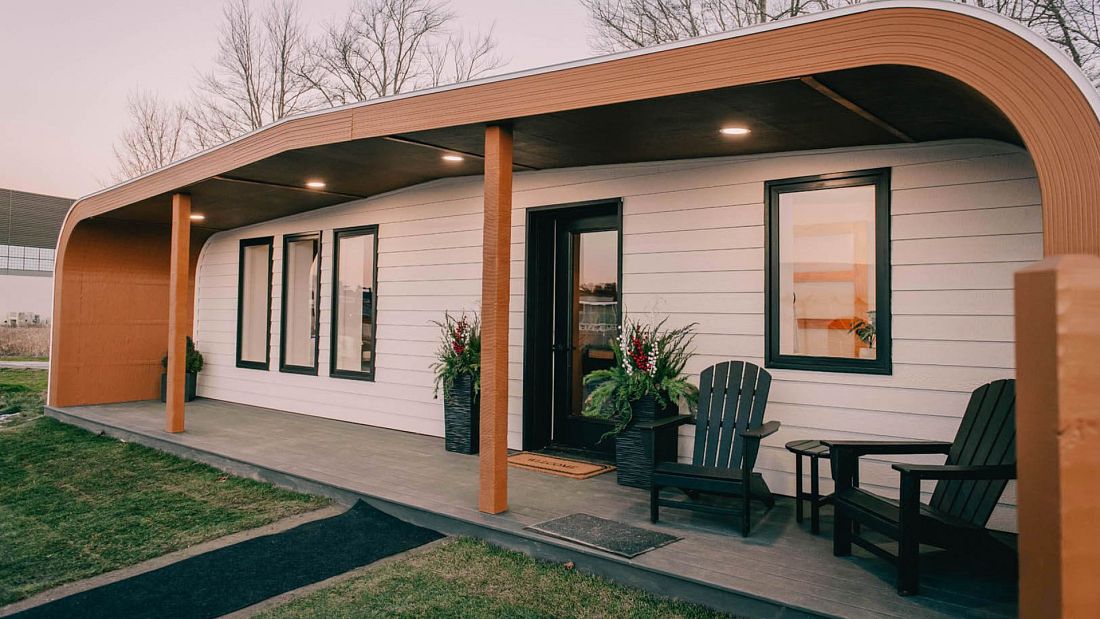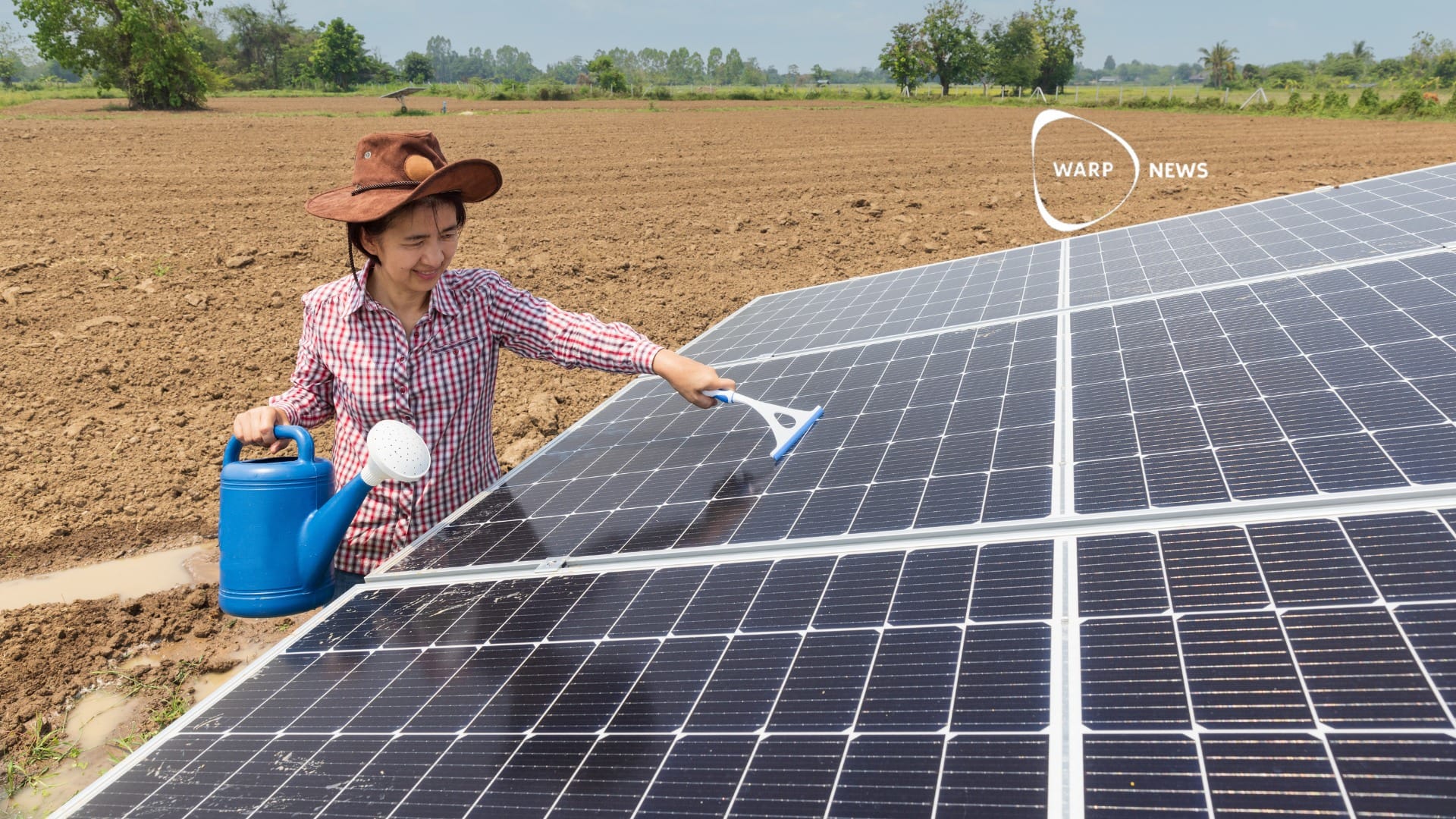
🏡 3D-printed house made of "wood flour" is completely recyclable
Researchers have, for the first time, created a 3D-printed home made completely from natural materials. It’s made out of wood fibers and bio-resins left over from sawmills.
Share this story!
Most materials used for 3D-printing homes cause high-emissions and are expensive, such as concrete. Now, for the first time, researchers have 3D-printed a home, which is made entirely from natural materials - wood fibers and bio-resins left overs from sawmills. It’s fully recyclable and minimizes concrete use.
According to Maine governor Janet Mills, the homes can help provide a climate-friendly solution to the state’s housing shortage of 20 000 units, especially when the project scales up.
"It's extraordinary. I didn't know what to expect," she told reporters at the home’s unveiling.”I thought maybe some hunk of clay kind-of-looking thing, but this is a real house."
"This has the potential to help us with the homeless population, the homeless problem. Not this winter, because it's not ready to be mass produced yet," she said.
"But once we get our factory of the future up and running, we will be able to produce homes of this sort."
The BioHome3D has one bedroom and one bathroom. The building was printed in four modules and delivered to the site for resembling which took only half a day. To wire the house, only one electrician and two hours was needed.
The team is still monitoring the prototype and measures how the house copes with the cold, snow, heat and humidity.
BioHome3D sits on a concrete foundation but the rest of the house is printed from “wood flour” which is the waste left over from sawmills.
"There's 1.2 million tons of wood residuals in our sawmills right now in the region that could go to print housing," Habib Dagher, executive director of the university's Advanced Structures and Composites Center, told the crowd gathered inside the large lab space.
“Unlike the existing technologies, the entire BioHome3D was printed, including the floors, walls and roof. The biomaterials used are 100 percent recyclable, so our great-grandchildren can fully recycle BioHome3D.
Picture: University of Maine via Euronews.green
By becoming a premium supporter, you help in the creation and sharing of fact-based optimistic news all over the world.


